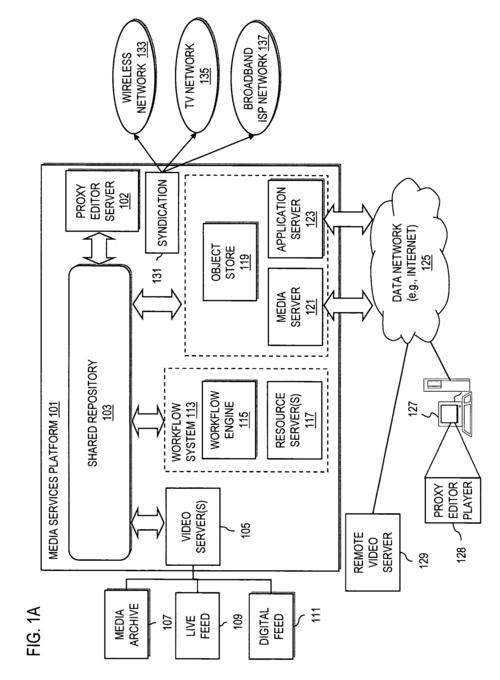Digital Asset Risk Management and Control
 summary:
Digital Asset Risk Management and Control involves managing and mitigating risks associate...
summary:
Digital Asset Risk Management and Control involves managing and mitigating risks associate... Digital Asset Risk Management and Control involves managing and mitigating risks associated with digital assets such as cryptocurrencies, blockchain technology, and digital rights. It entails identifying potential risks, assessing their impact, and implementing strategies to control and monitor these assets to ensure their safety and integrity. This process helps organizations protect their digital investments and minimize financial losses due to unauthorized access, fraud, or other threats.
In the modern financial landscape, digital assets have become an integral part of investment portfolios. However, with the growing popularity of digital assets, the risks associated with them have also increased. It is crucial for investors to understand and manage these risks to ensure the safety and profitability of their investments. This article will explore the concept of digital asset risk management and control, providing insights on how to mitigate risks and maximize returns.
Introduction
Digital assets, also known as cryptocurrencies or cryptoassets, have gained significant popularity in recent years. These assets offer a decentralized, secure, and transparent way of conducting transactions, which has led to their widespread adoption. However, like any other investment, digital assets are not without risks. Investors need to be aware of these risks and take appropriate measures to manage them.
What are Digital Asset Risks?
Digital asset risks can be categorized into several types, including market risks, technical risks, regulatory risks, and security risks. Market risks refer to the volatility of digital asset prices, which can be affected by various factors such as market sentiment, supply and demand, and competition. Technical risks involve the complexity of digital asset technology and the potential for system failures or network issues. Regulatory risks arise from the uncertainty surrounding the regulatory framework for digital assets, which can impact their price and accessibility. Security risks relate to the potential for hacking, theft, and fraud in digital asset transactions.
Market Risk Management
Market risk management involves understanding the factors that affect digital asset prices and developing strategies to mitigate the impact of price fluctuations. Investors should conduct thorough market research, analyze trends, and use risk-management tools such as stop-loss orders and diversification to reduce their exposure to market risks.
Technical Risk Management
Technical risk management involves ensuring the reliability and stability of digital asset systems. Investors should conduct thorough due diligence on the technology behind digital assets, evaluate the security and scalability of the network, and stay updated on the latest developments in the field. Additionally, working with reputable exchanges and wallets can help reduce the risk of system failures or network issues.
Regulatory Risk Management
Regulatory risk management involves staying informed about regulatory developments and ensuring compliance with relevant regulations. Investors should monitor regulatory news and consult with legal experts to understand the implications of regulatory changes on their investments. Additionally, investing in well-established and regulated digital assets can help reduce exposure to regulatory risks.
Security Risk Management
Security risk management is crucial for protecting digital assets from hacking, theft, and fraud. Investors should use strong passwords, enable multi-factor authentication, and regularly update their software and systems to ensure the latest security patches are installed. Additionally, investing in secure exchanges and wallets that prioritize security measures can help reduce the risk of security breaches.
Importance of Risk Management in Digital Asset Investing
Risk management is essential in digital asset investing as it helps investors identify, assess, and mitigate risks associated with their investments. By understanding and managing risks effectively, investors can make informed decisions, reduce losses, and maximize returns. Additionally, risk management helps investors stay calm and rational in volatile markets, allowing them to make rational decisions that align with their investment goals.
Conclusion
Digital asset investing offers significant opportunities for investors, but it also comes with risks. By understanding and managing these risks effectively, investors can ensure the safety and profitability of their investments. Through market, technical, regulatory, and security risk management strategies, investors can mitigate risks and maximize returns in digital asset investing.

